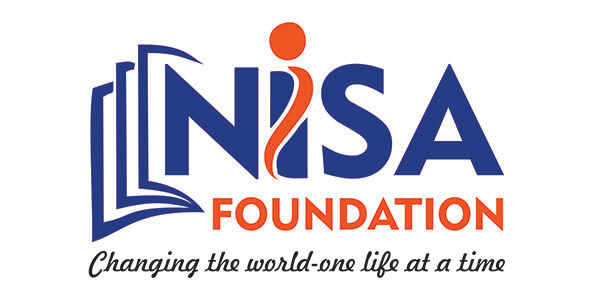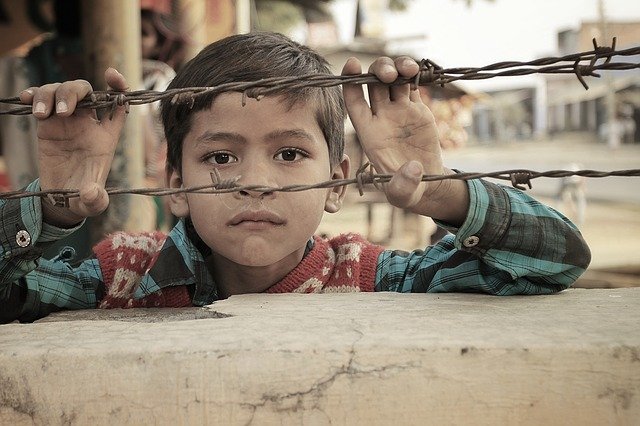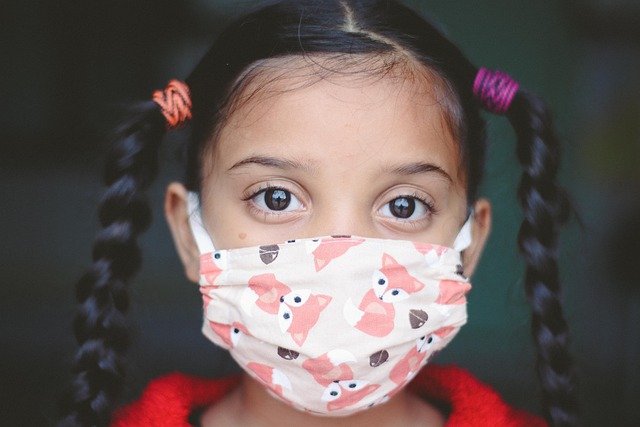Current efforts and challenges
The reason poverty became such an important topic in recent years is that more and more people now realize how important it is for peace, stability and economic development. Where there is conflict and war, there is only damage and suffering. In these conditions, not much can thrive but violence.
A fast-growing population
So obviously, Pakistan being caught between the US’s war on terror in neighboring Afghanistan and tensions with India, it has a dire need for stability. This is the ultimate condition to avoid social strife and to guarantee that the life of its population will get better. Stability can help with economic growth which in turn can alleviate poverty in Pakistan (if well-managed).
Another reason the government fears social unrest is that the population is growing very, very fast. And providing jobs, housing and education for everyone isn’t an easy task. In the last 10 years, the population in Pakistan has grown by 40 million, making it the 6th largest country in the world with about 180 million inhabitants.
CAUSES OF POVERTY IN PAKISTAN
According to recent estimates (2008), poverty in Pakistan – by national standards – concerns less than 20% of the population. However, after hitting this record low level, poverty is on the rise again, estimated somewhere between 30-40% depending on the source (government, World Bank). Efforts to fight poverty have been on-going since the 1970s, despite the “poverty bomb” of the 1990s due to corruption and poor government strategies that caused an increase in the number of poor.
The focus on education and health
Many Pakistani scholars focus on the lack of productivity and low literacy levels of the domestic workforce to explain poverty in Pakistan. As of 2006, only 50% of the population was literate and government spending on education was still only half of the average of many other developing countries (2% versus 3-4%).
However 3-4 years later, improvements led literacy levels to climb up to 60% of the population. The problem remains the inequality behind this number: nearly 70% of men are literate but only 45% of women are. Another problem that looms large: government health expenditure is one of the lowest in the world. Therefore it seems that the causes of poverty in Pakistan lie more in a massive health crisis at the moment, more than a productivity issue – although important too.
A fast-growing population
Other local expert also point at the growing population to explain poverty in Pakistan. This would explain the lack of investment in technology, as most GDP is used to feed and accommodate the growing population. However, the same problem in Asia has a different cause: traditional agriculture and good old habits die hard.




